House plants can bring so much beauty and life to your home, but sometimes, they come with unwanted guests: pests! These tiny creatures can damage your plants if not controlled. Whether you’re a new plant parent or a seasoned gardener, knowing how to identify and handle these pests is crucial.10 most common pests that can infest your house plants.
1. Aphids
Top 10 Cool Houseplants for Every Room
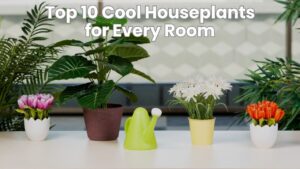
Aphids are tiny, soft-bodied insects that come in a variety of colors, including green, black, and yellow. They are commonly found on the undersides of leaves or on new growth. Aphids feed by sucking out the plant’s sap, which can cause yellowing of leaves and stunted growth. They also produce a sticky substance called honeydew, which can attract mold. If you spot aphids, it’s important to act quickly. You can wash them off with a strong stream of water or apply insecticidal soap. They reproduce quickly, so dealing with them early can prevent an infestation.
2. Spider Mites
Spider mites are not actually insects but arachnids, related to spiders. These tiny pests are usually red, green, or brown. Spider mites thrive in dry, warm conditions and are often found on the underside of leaves. They suck out plant juices, causing leaves to turn yellow and develop a speckled pattern. If left unchecked, spider mites can cause severe damage, leading to leaf drop. They are most commonly found on plants like spider plants, succulents, and tomatoes. To control them, spray the plants with water or an insecticidal soap. Maintaining humidity around the plant can also help keep spider mites at bay.
3. Mealybugs
Best 10 Tall Indoor Plants to Beautify Your Living Room Naturally
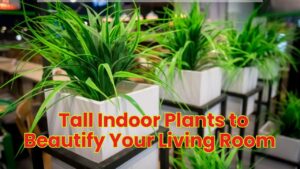
Mealybugs are small, white, cotton-like insects that can be found hiding in leaf axils, stems, and roots. These pests also suck sap from plants, which weakens them over time. Mealybugs leave behind a sticky residue and can cause yellowing or wilting of leaves. They are often difficult to spot due to their white, fluffy appearance, but they can be controlled with insecticidal soap or alcohol wipes. Regular inspection of your plants is key to catching these pests early. Wiping down the plant’s stems and leaves with rubbing alcohol can kill mealybugs without harming the plant.
4. Scale Insects
Scale insects are small, oval-shaped pests that attach themselves to plant stems and leaves. They often look like tiny bumps or shields, which can make them difficult to detect. These pests feed on plant sap and can cause leaves to yellow and become distorted. Some scales even produce honeydew, which can lead to mold growth. To control them, you can remove them manually using a soft brush or cloth. For larger infestations, insecticidal soap or horticultural oil can be effective in treating scale insects. It’s important to inspect plants regularly, as scales tend to blend in with the plant’s natural appearance.
5. Fungus Gnats
Top 10 Small Indoor Plants That Are Easy to Care For and Gorgeous
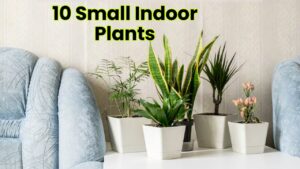
Fungus gnats are tiny flying insects that are often found around plants with overly moist soil. The larvae of fungus gnats feed on the organic material in the soil and plant roots. While the adults are mostly a nuisance, the larvae can damage the plant’s root system. If you notice fungus gnats flying around your plants, it’s a sign that the soil is too damp. To control fungus gnats, allow the soil to dry out between waterings. You can also use sticky traps to catch the adult gnats. In severe cases, a soil drench with insecticidal soap can help kill the larvae in the soil.
6. Whiteflies
Whiteflies are small, white, flying insects that are commonly found on the underside of leaves. They suck sap from plants, causing leaves to yellow and curl. Whiteflies also excrete honeydew, which can attract mold. If you notice an infestation, you may see a cloud of whiteflies when you disturb the plant. To get rid of them, try using a strong stream of water to knock them off or apply an insecticidal soap. Neem oil is also an effective solution for whitefly problems. Ensure the plant is well ventilated, as dry conditions can discourage whiteflies from settling.
7. Thrips
Top 10 Large Indoor Plants for Living Room That Are Easy to Grow
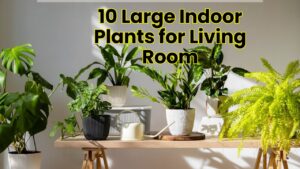
Thrips are tiny, slender insects that can cause significant damage to house plants. They feed by puncturing plant cells and sucking out the contents, leaving behind silvery, speckled marks on the leaves. Thrips can also cause distorted growth and deformed flowers. These pests are usually found in clusters on the underside of leaves or along flower petals. To control thrips, regularly inspect your plants, remove infested leaves, and apply insecticidal soap. You may also consider introducing natural predators like ladybugs or predatory mites to help manage the infestation.
8. Gnats
Unlike fungus gnats, regular gnats are often attracted to plants that have decaying organic matter. They don’t harm the plant directly but can create an unpleasant environment for plant owners. If you have a lot of decaying material in your plant’s soil, gnats may start to appear. Keep the soil clean and remove any decaying leaves or plant matter to prevent an infestation. If gnats become a nuisance, sticky traps can help catch the adult flies. Additionally, letting the soil dry out between waterings can help deter gnats from settling.
9. Caterpillars
10 Outdoor Patio Plants to Enhance Your Backyard Space
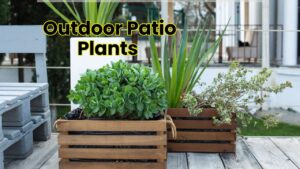
While not as common as other pests, caterpillars can sometimes become a problem for house plants, especially when they are moved outdoors for fresh air. These larvae can munch on leaves, flowers, and stems, causing significant damage. If you notice holes in your plant’s leaves or large caterpillars feeding on them, gently remove the pest by hand or use an organic pesticide to control them. Since caterpillars are often specific to certain plant species, it’s helpful to identify the type of caterpillar before applying any treatment. In most cases, removing the pests by hand can be an effective solution.
10. Ants
Ants are not always directly harmful to plants, but they can be a sign of other pests like aphids or mealybugs. Ants are attracted to the honeydew produced by these pests. They may move the pests to new plants, spreading the infestation. To eliminate ants, remove any pests that might be attracting them and treat the plants with an insecticide. You can also use ant baits to reduce their presence around your plants. Ants are usually more of a nuisance than a direct threat to plants, but if they are part of a larger pest problem, they should be dealt with.
Conclusion
Best 10 Outdoor Plants With Pots Cheap and Easy
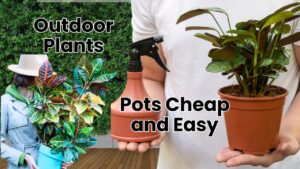
While pests are a common issue for houseplant owners, most can be managed with some care and attention. Identifying the problem early is key to preventing long-term damage to your plants. Regularly inspecting your plants for pests, keeping your plants healthy, and using natural or chemical treatments when needed can help keep your indoor garden thriving. By staying vigilant and taking action, you can ensure that your houseplants remain beautiful and pest-free.
FAQs
What are the most common houseplant pests?
Aphids, spider mites, mealybugs, fungus gnats, and scale insects.
How do I know if my plant has pests?
Best 10 Outdoor Plant Pots for Your Garden or Balcony
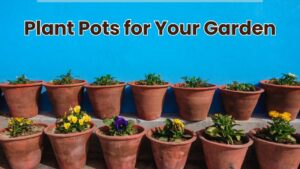
Look for sticky leaves, webbing, holes, or tiny bugs on the plant.
Are houseplant pests harmful to people?
No, they don’t harm people—only your plants.
How can I get rid of houseplant pests?
The Perfect Plants to Make Your Child’s Play Area Bloom
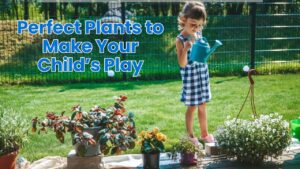
Use neem oil, insecticidal soap, or wipe the leaves with water.
How can I prevent pests in my houseplants?
Check new plants before bringing them home and avoid overwatering.
10 Easy Outdoor Plants Every Home Play Area
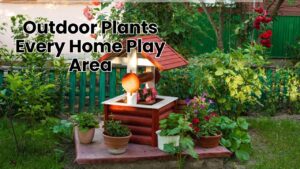



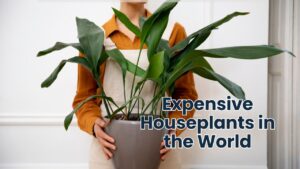
Leave a Comment